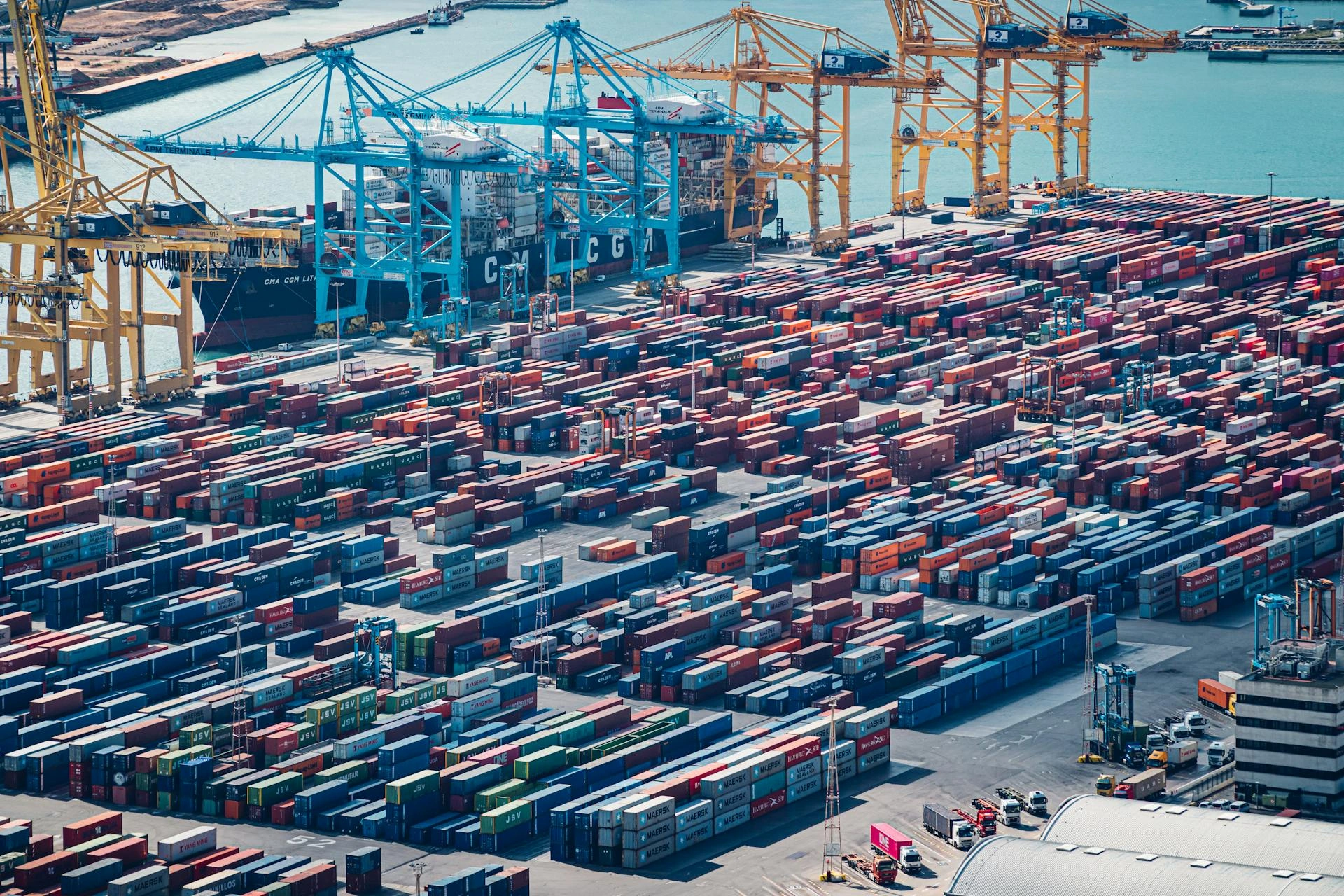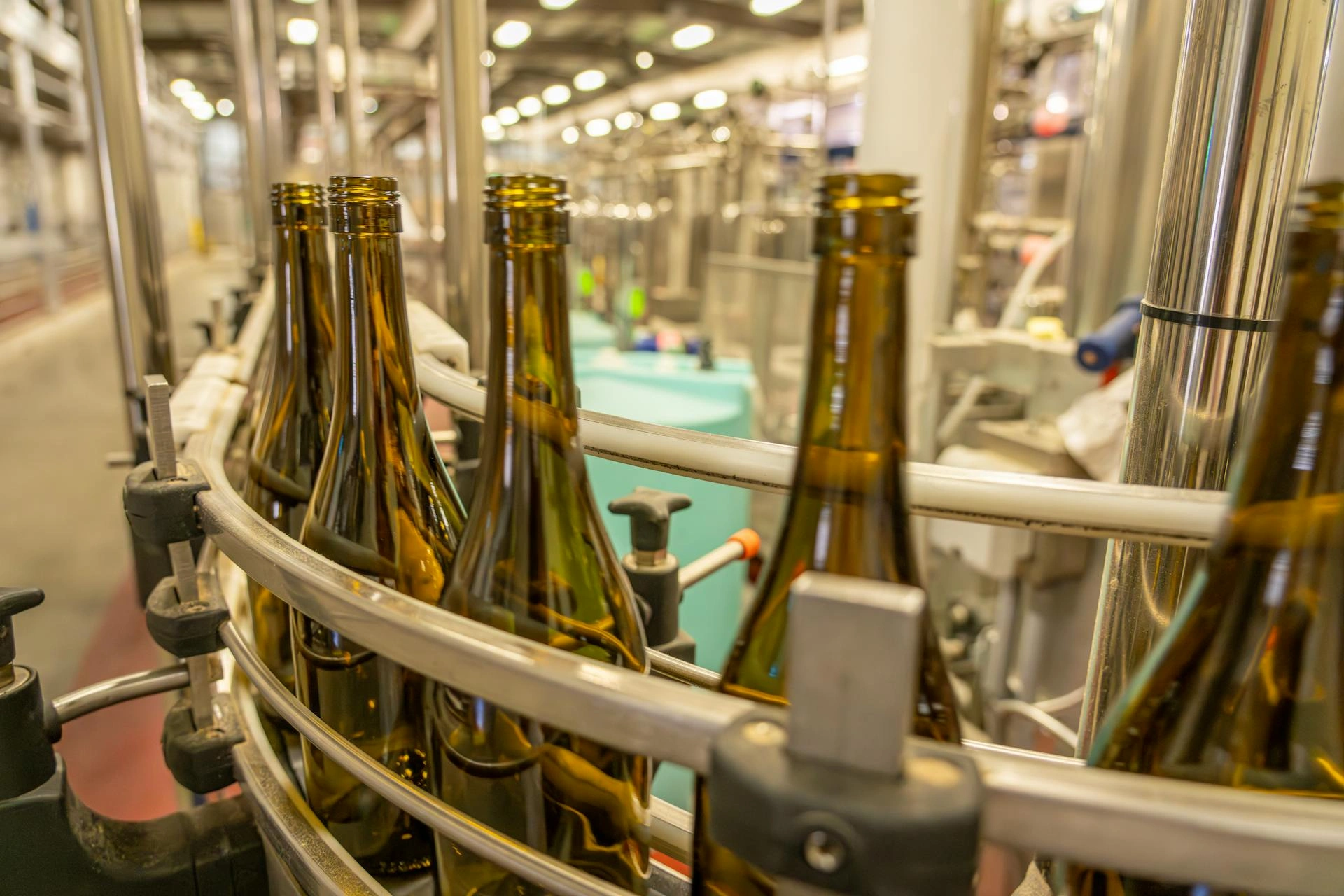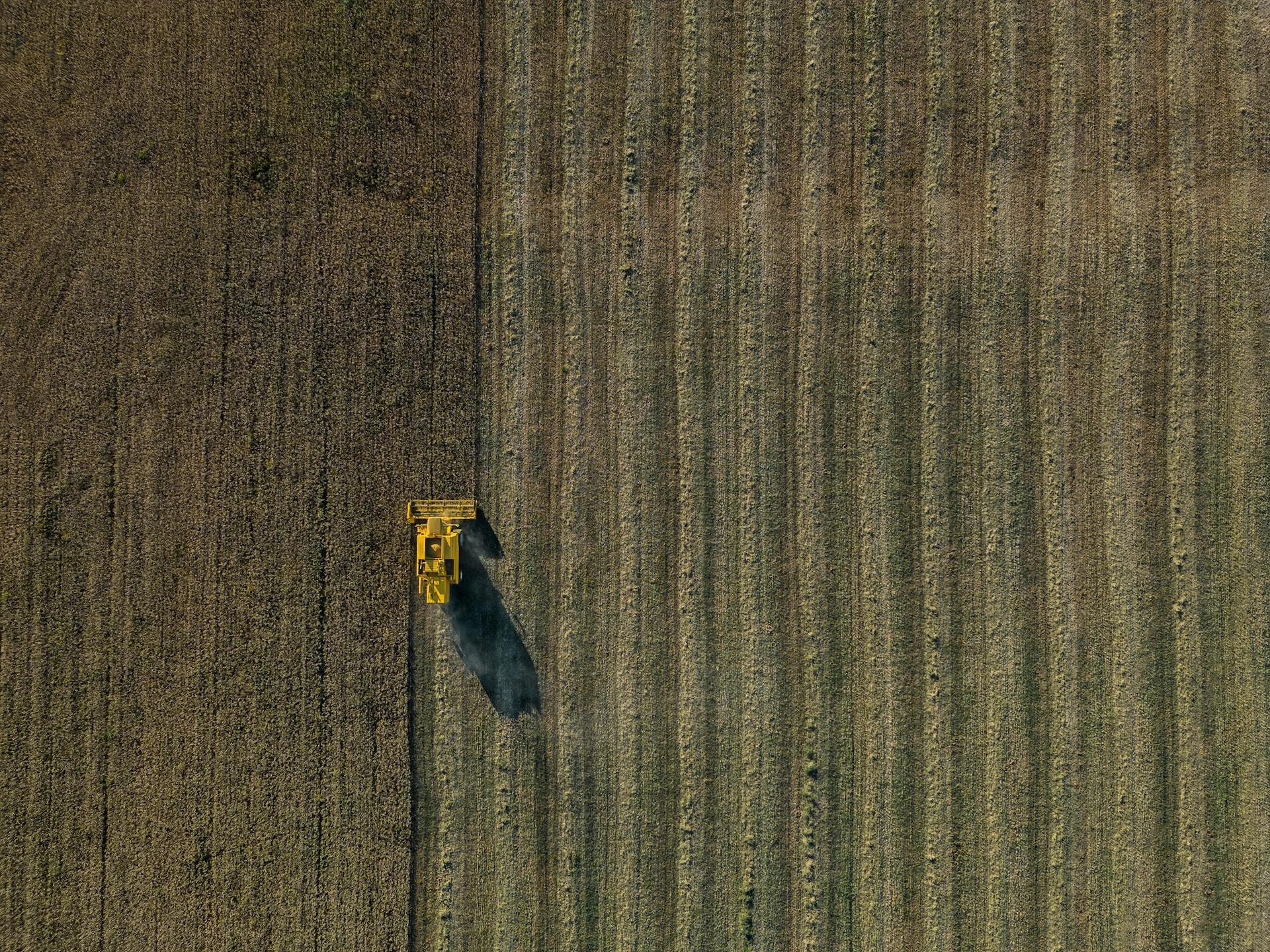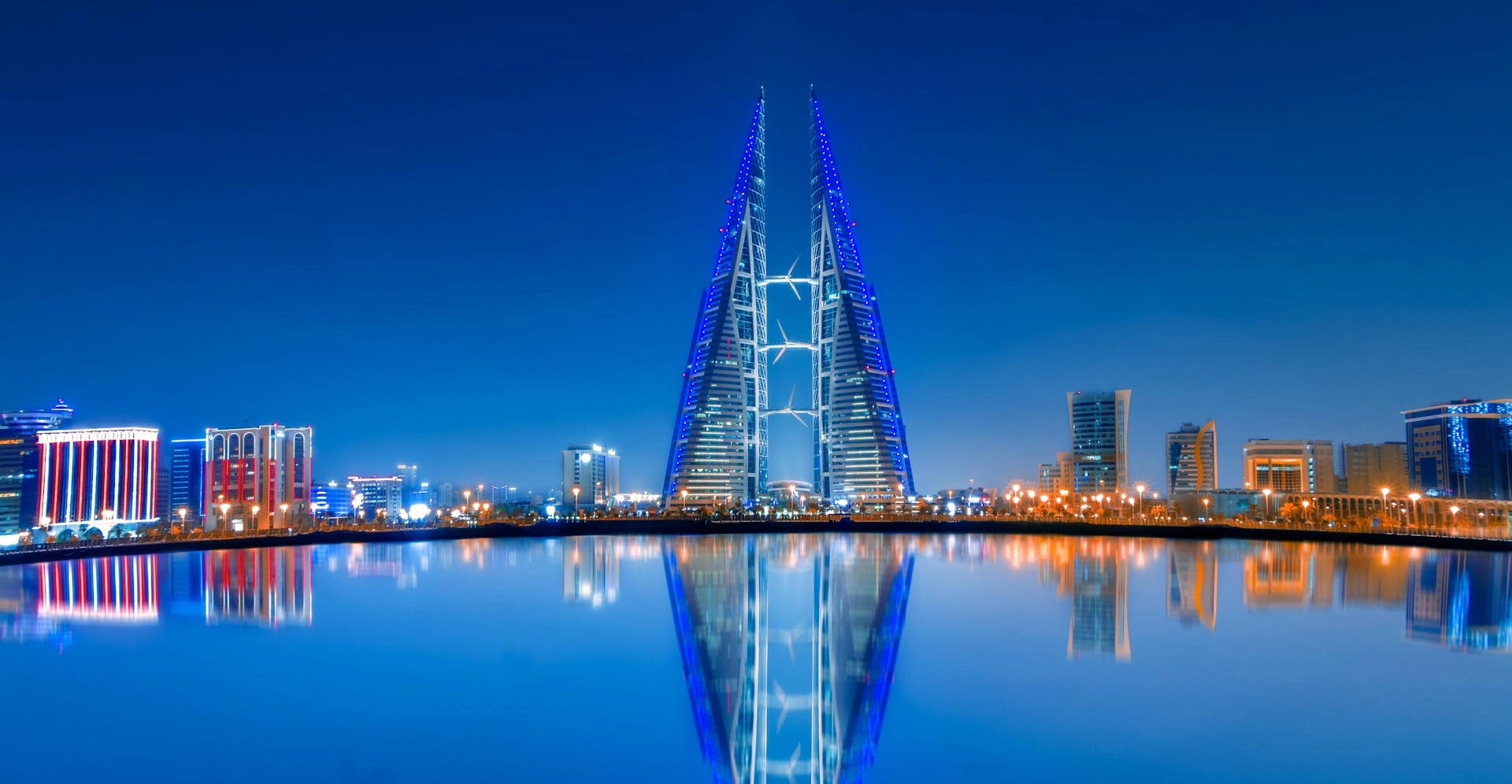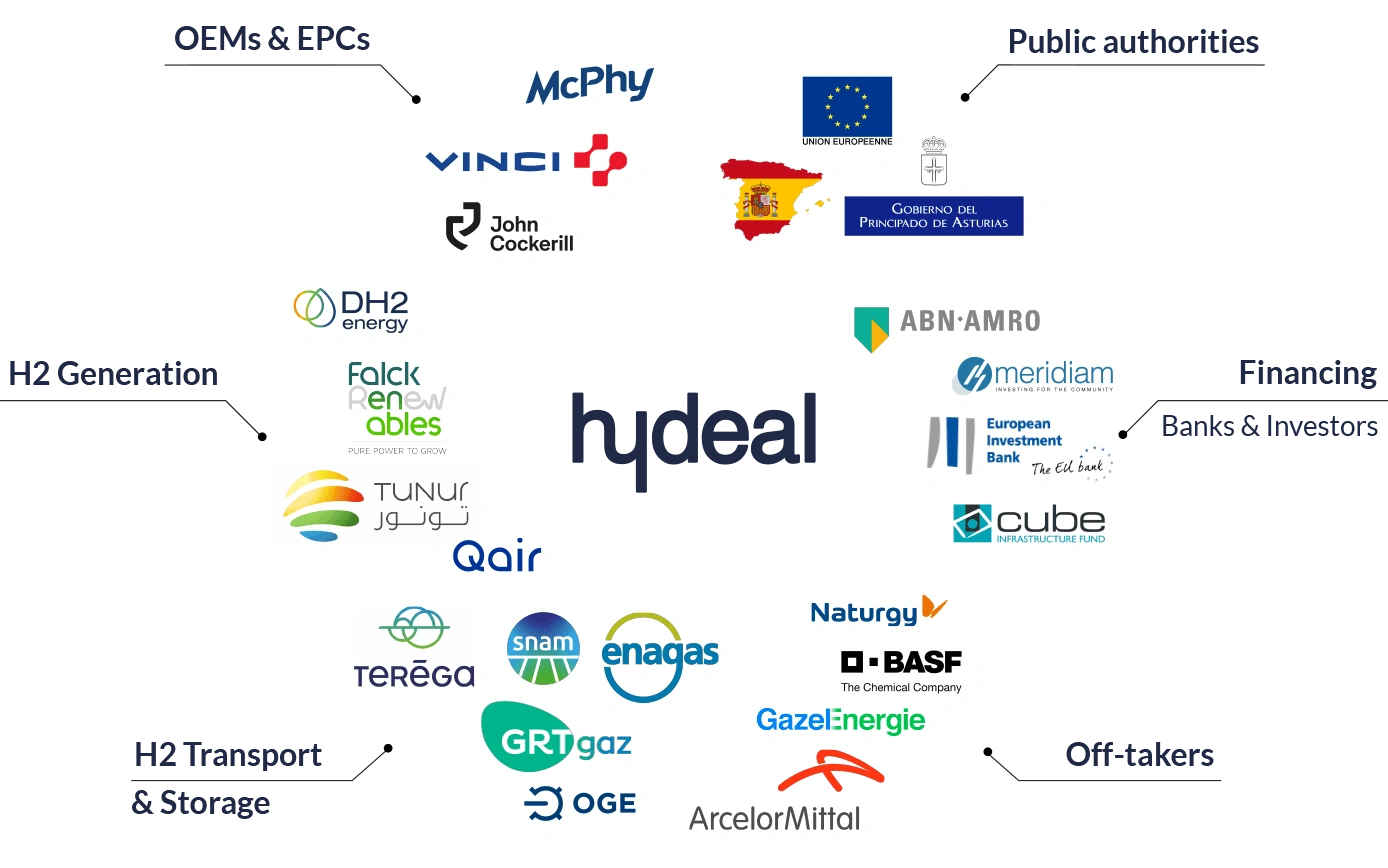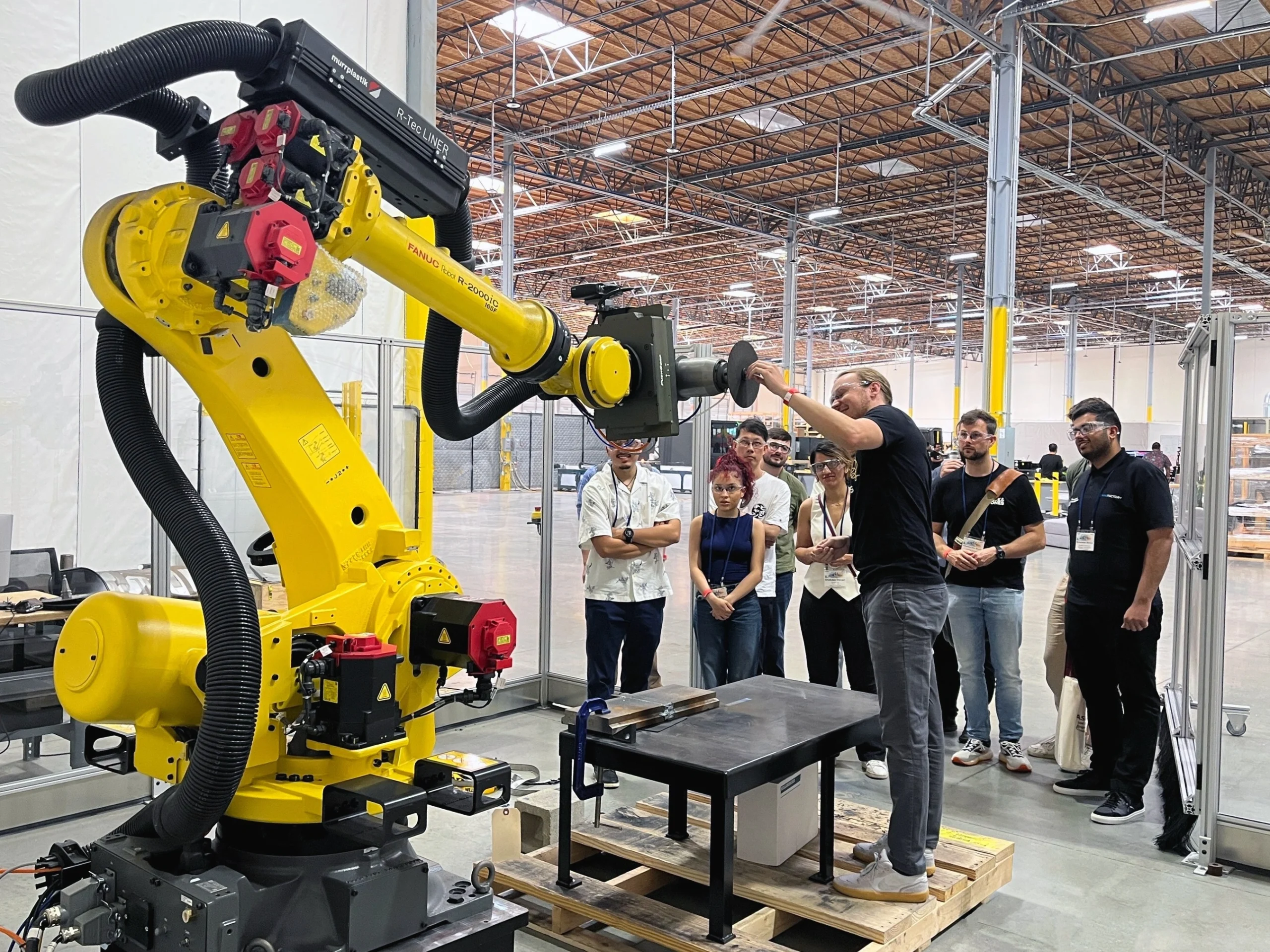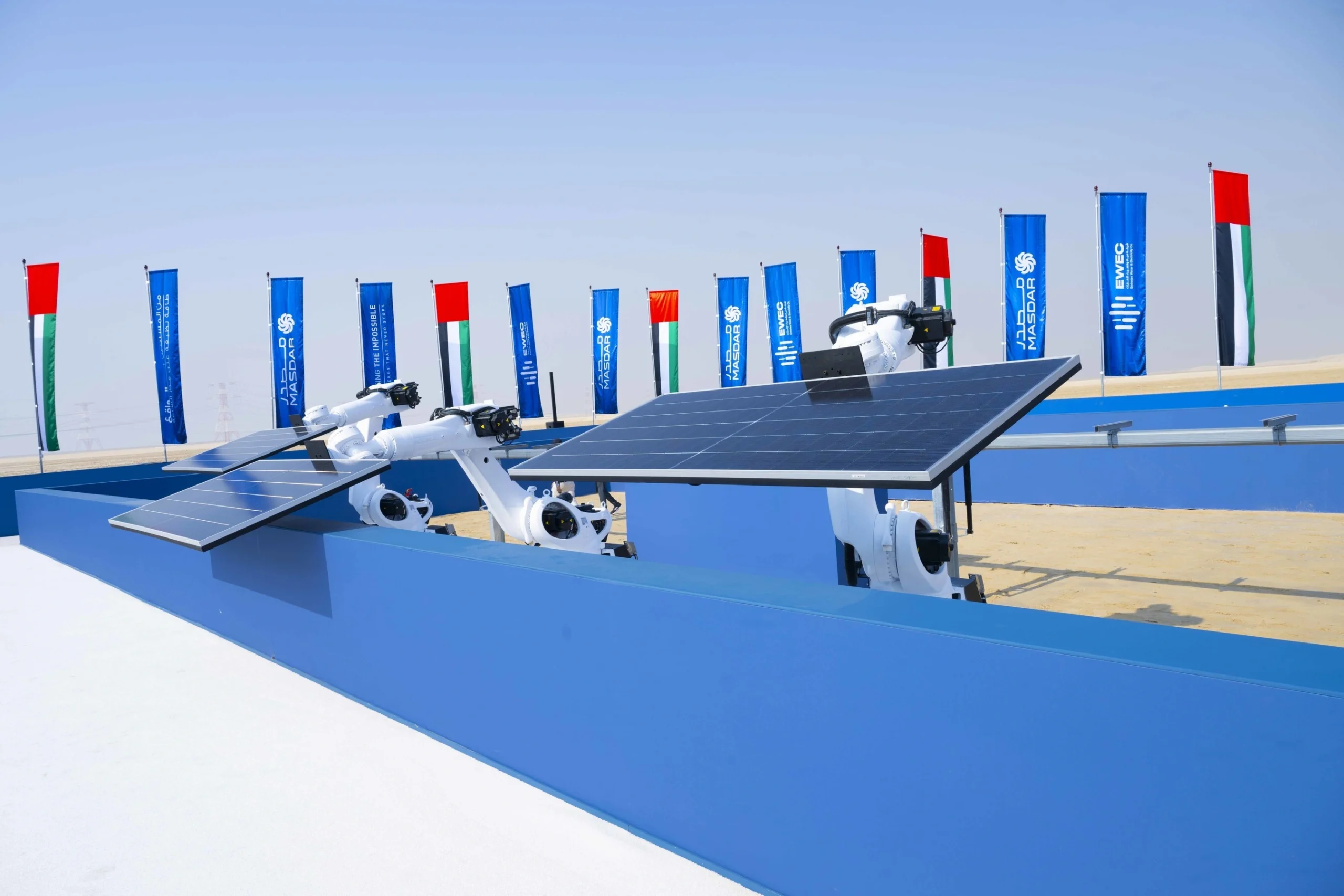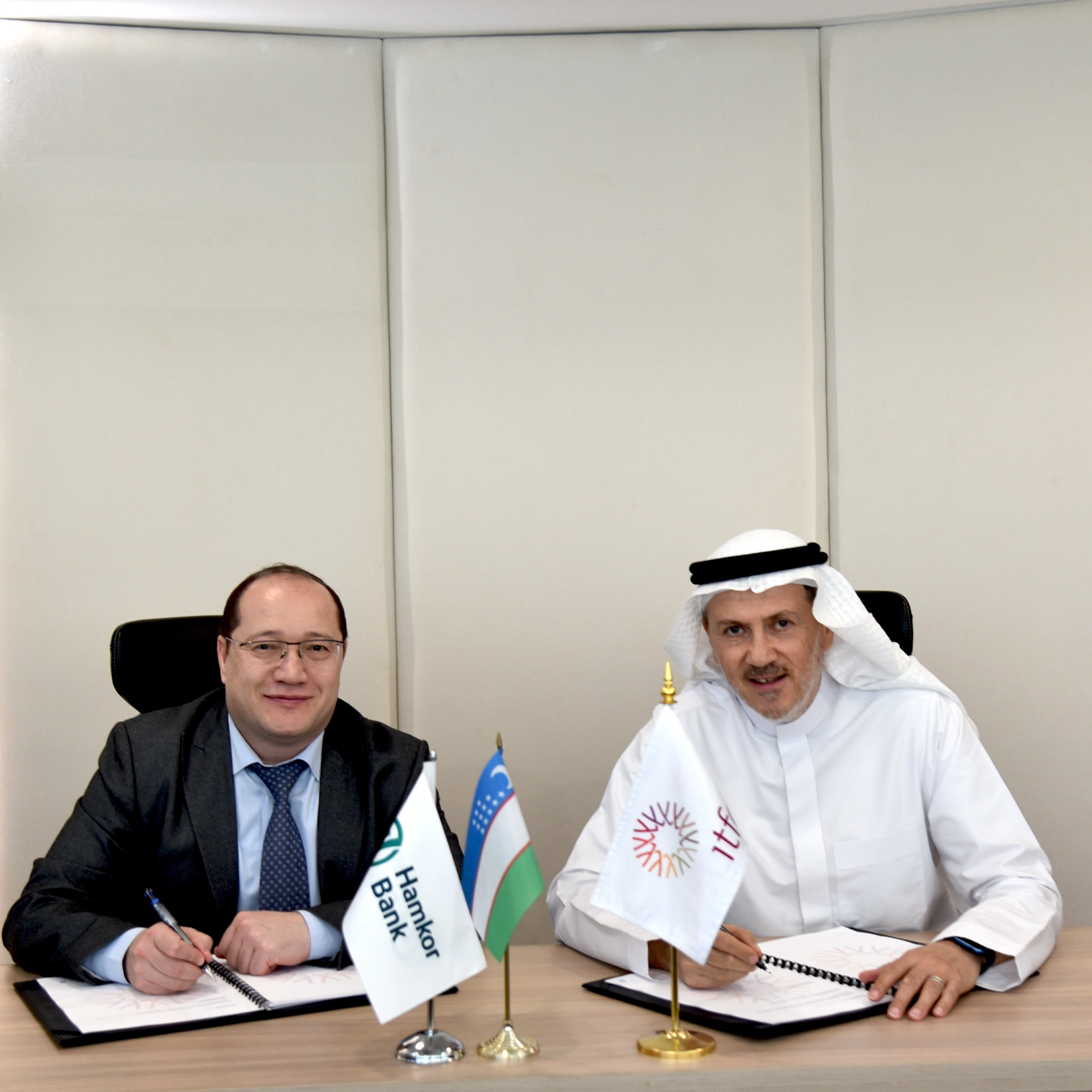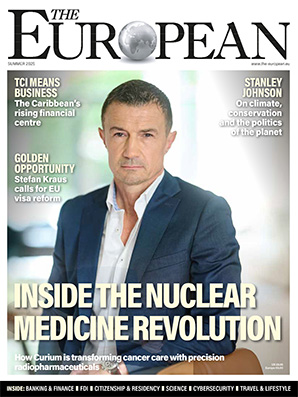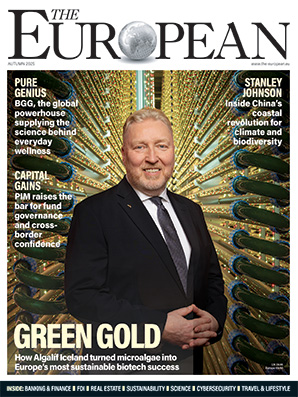Coming to a shoe spore near you: the world’s first mushroom-made trainers

John E. Kaye
- Published
- News, Sustainability
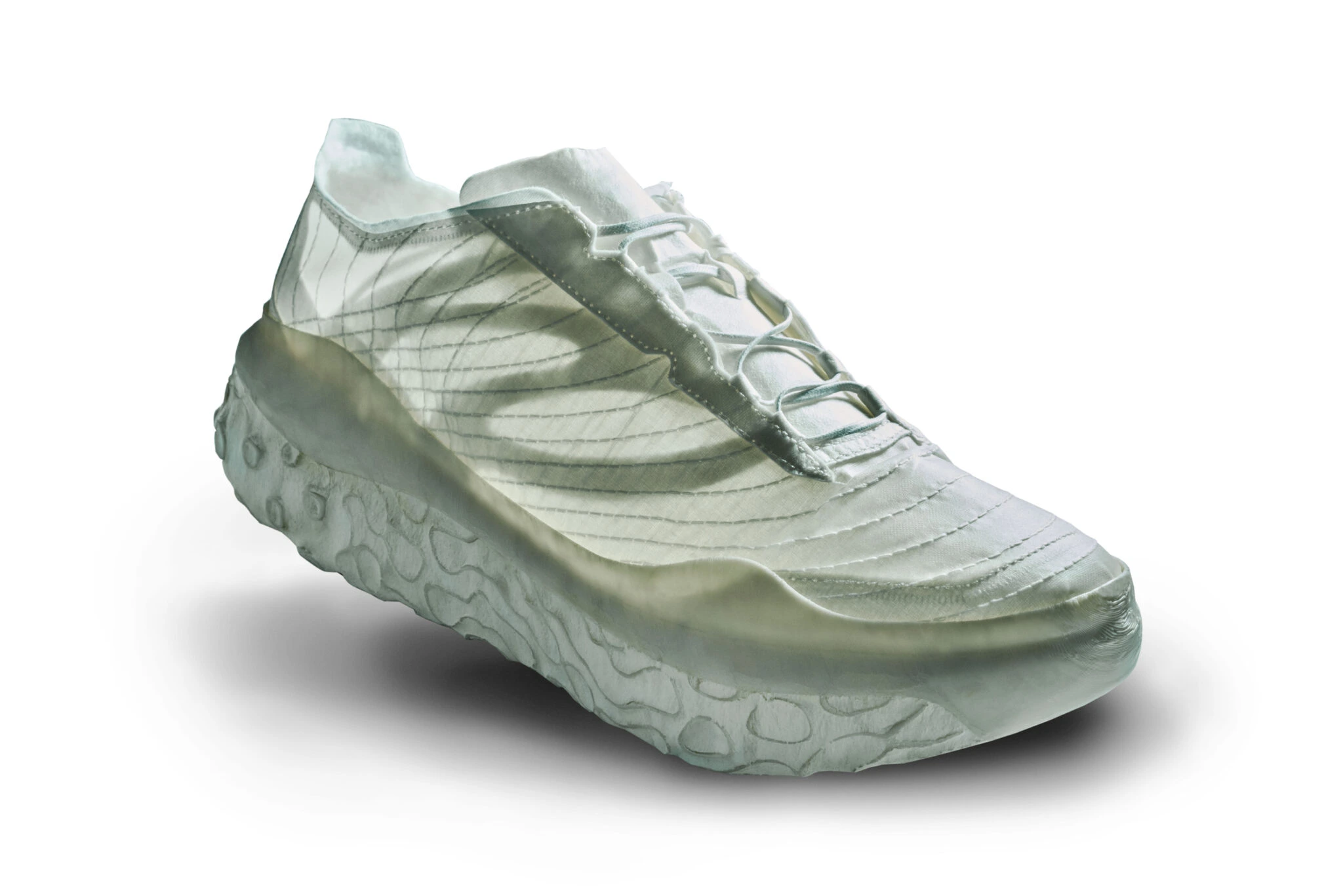
Made without plastics, foam or fossil fuels, this prototype trainer uses only five biodegradable materials — including a sole grown from fungi in just seven days
The world’s most environmentally friendly trainers have taken root in London – with soles made from mushrooms.
Unlike most trainers, the “groundbreaking” shoes are made entirely from natural and biodegradable materials, including fungi, lab-grown bacteria and plant-based fibres.
Their soles are formed from mycelium, the root-like structure of mushrooms, which is cultivated using solid state fermentation and grown around a PHA scaffold in just seven days.
The rest of the shoe is built from bacterial nanocellulose – a strong, flexible material produced through fermentation – while the laces and lining are made from cotton and lyocell.
The design, created by the Korvaa Consortium – a collaboration of biomaterial innovators, designers and filmmakers – is intended as a proof of concept to show how complex consumer products can be made without fossil fuels or synthetic inputs.
Traditional trainers can contain more than 30 materials, many of them petroleum-based. But the Korvaa design uses just five – all selected for their biodegradability, renewability or compostability.
It was unveiled this week at the Future Fabrics Expo in London.
Jen Keane, CEO and co-founder of Modern Synthesis, which developed the shoe’s upper, said the design shows how biologically grown materials could shape the future of footwear, offering new creative and manufacturing possibilities that go beyond traditional methods.
“By combining materials the way nature does – not by adding more, but by choosing better – we’re creating radical design possibilities for the industry.
“This unlocks unparalleled creative freedom, introducing novel functionalities and forms that simply couldn’t be achieved through conventional means.
“We’ve developed an artefact that is a tangible blueprint for the future of manufacturing.”
The shoe’s sole was developed by Ecovative, a U.S. company specialising in mushroom-based materials. Using solid state fermentation, the firm grows mycelium – the fibrous root system of fungi – through a scaffold made from polyhydroxyalkanoates (PHAs), a bio-based and biodegradable polyester.
The result is a sole grown in just seven days without synthetic foams, plastics or chemical processing.
The PHA scaffold was developed by Ourobio, a company that uses microbes to produce PHAs. It 3D-printed the base structure of the shoe, replacing conventional petroleum-derived materials such as EVA foam.
The upper was created by Modern Synthesis, a UK-based company using bacterial nanocellulose – a byproduct of fermentation – which it transforms into textile and coating materials. The result is a strong, lightweight alternative to leather or mesh.
The shoe was constructed using traditional string-lasting techniques by footwear specialists. The laces and internal lining were made from cotton and lyocell.
“This shoe demonstrates what becomes possible when three distinct biological processes work together,” Eben Bayer, co-founder and CEO of Ecovative, said.
“Each material was chosen for what it does best – and together they show that biology can manufacture complex products that traditionally require dozens of synthetic inputs.
“Collaboration like this is how we grow the material support system for a planet that works in harmony with humans.”
The project is being documented in Planet of the Microbes, a feature-length film by Finnish science communication studio Photino, which has followed the collaboration from the beginning. The documentary is expected to premiere at a leading film festival later this year.
The Korvaa Consortium is now encouraging other brands to explore similar biomaterial collaborations, positioning the shoe as a blueprint for sustainable design across the industry.
Nina Pulkkis, Documentary and Production Lead at Photino, added: “The first step is developing the technology, the second step is getting the story out there.
“Documenting this project from the beginning reveals the immense potential that arises when we align nature’s intelligence with human innovation – this is the kind of collaboration that makes you want to be part of the change.”
Main image: Korvaa Consortium
Sign up to The European Newsletter
RECENT ARTICLES
-
 Private sector set to overtake government as main driver of corporate sustainability in 2026, report suggests
Private sector set to overtake government as main driver of corporate sustainability in 2026, report suggests -
 Europe emphasises AI governance as North America moves faster towards autonomy, Digitate research shows
Europe emphasises AI governance as North America moves faster towards autonomy, Digitate research shows -
 JPMorgan plans multibillion-pound tower in Canary Wharf
JPMorgan plans multibillion-pound tower in Canary Wharf -
 Strong workplace relationships linked to higher initiative among staff, study finds
Strong workplace relationships linked to higher initiative among staff, study finds -
 Brexit still hitting poorest hardest as food costs rise and mental health worsens
Brexit still hitting poorest hardest as food costs rise and mental health worsens -
 Global crises reshape household food habits, major review finds
Global crises reshape household food habits, major review finds -
 Sir Trevor McDonald honoured at UWI London Benefit Dinner celebrating Caribbean achievement
Sir Trevor McDonald honoured at UWI London Benefit Dinner celebrating Caribbean achievement -
 Adelphi Masterfil acquires Karmelle to bolster UK machinery manufacturing
Adelphi Masterfil acquires Karmelle to bolster UK machinery manufacturing -
 Cost-of-living pressures push London staff to seek practical perks
Cost-of-living pressures push London staff to seek practical perks -
 AI and scent-science firm Arctech expands into agriculture with Rothamsted base
AI and scent-science firm Arctech expands into agriculture with Rothamsted base -
 Malta PM says future growth hinges on stronger higher-education system
Malta PM says future growth hinges on stronger higher-education system -
 Golden visa surge sets the stage for InvestPro Greece 2025
Golden visa surge sets the stage for InvestPro Greece 2025 -
 Germany bucks Europe’s high-growth surge as continent sees strongest expansion in five years
Germany bucks Europe’s high-growth surge as continent sees strongest expansion in five years -
 Women turning to entrepreneurship to fight age bias at work, study shows
Women turning to entrepreneurship to fight age bias at work, study shows -
 Lithuania launches ‘Investment Highway’ to cut major project approval times from three years to three months
Lithuania launches ‘Investment Highway’ to cut major project approval times from three years to three months -
 Islamic Development Bank and London Stock Exchange Group launch study on ‘development traps’ facing emerging economies
Islamic Development Bank and London Stock Exchange Group launch study on ‘development traps’ facing emerging economies -
 Europe’s HyDeal eyes Africa for low-cost hydrogen link to Europe
Europe’s HyDeal eyes Africa for low-cost hydrogen link to Europe -
 Complex questions still need people, not machines, researchers find
Complex questions still need people, not machines, researchers find -
 Study links CEO political views to recognition of women inventors
Study links CEO political views to recognition of women inventors -
 GrayMatter Robotics opens 100,000-sq-ft AI robotics innovation centre in California
GrayMatter Robotics opens 100,000-sq-ft AI robotics innovation centre in California -
 UAE breaks ground on world’s first 24-hour renewable power plant
UAE breaks ground on world’s first 24-hour renewable power plant -
 WomenIN Festival 2025 unveils expanded programme in partnership with FNB
WomenIN Festival 2025 unveils expanded programme in partnership with FNB -
 ITFC extends $30m financing to Uzbekistan’s Hamkorbank
ITFC extends $30m financing to Uzbekistan’s Hamkorbank -
 New £2.5 million Rolls-Royce Phantom marks model’s centenary
New £2.5 million Rolls-Royce Phantom marks model’s centenary -
 UK faces surge in major cyber attacks, NCSC warns
UK faces surge in major cyber attacks, NCSC warns






